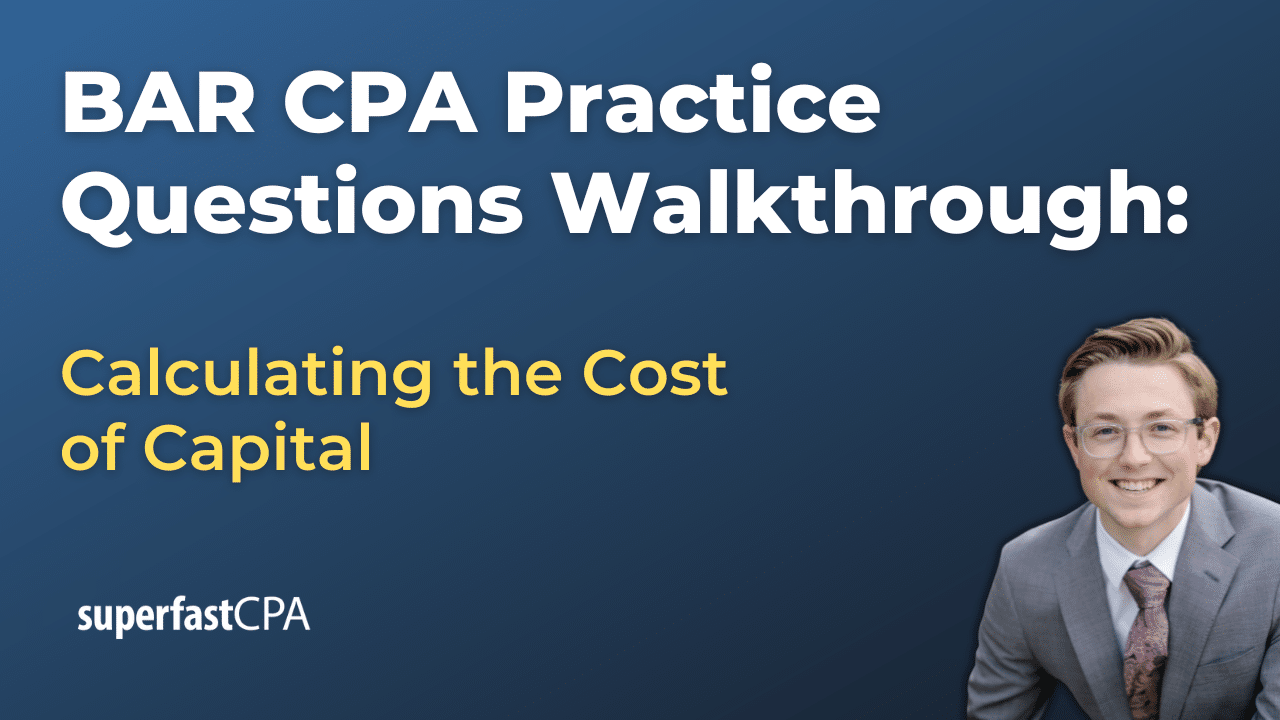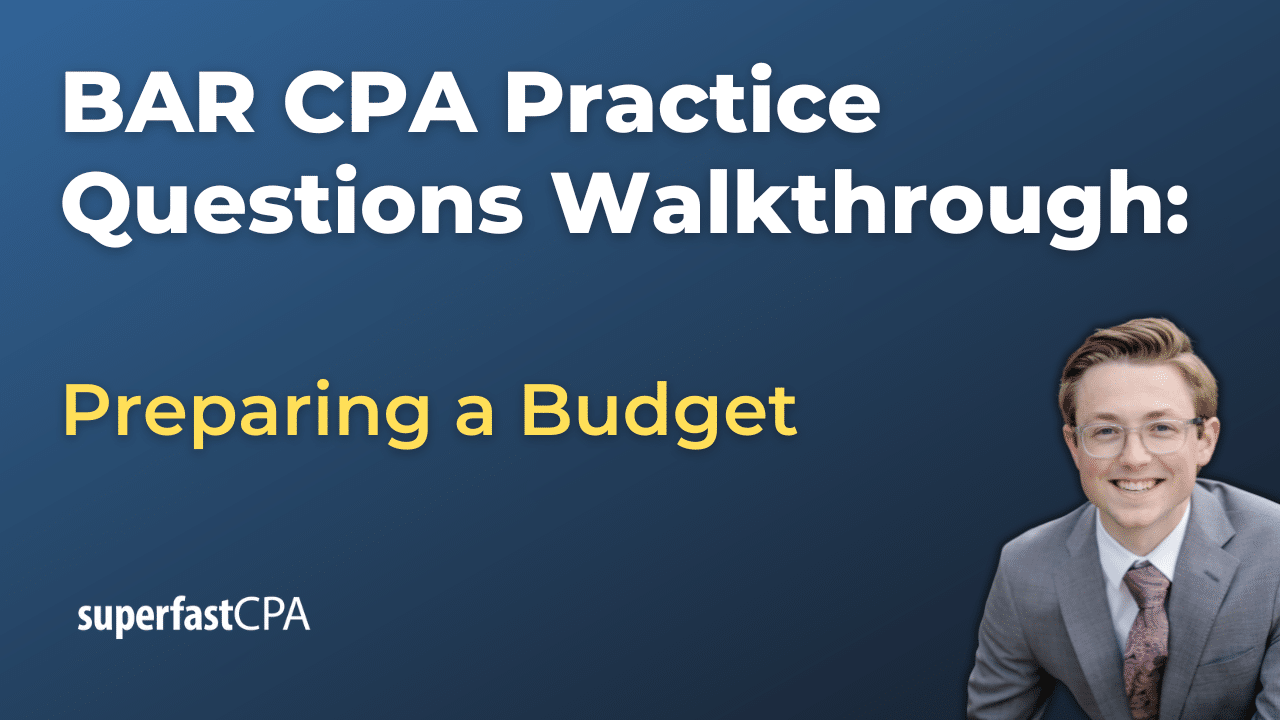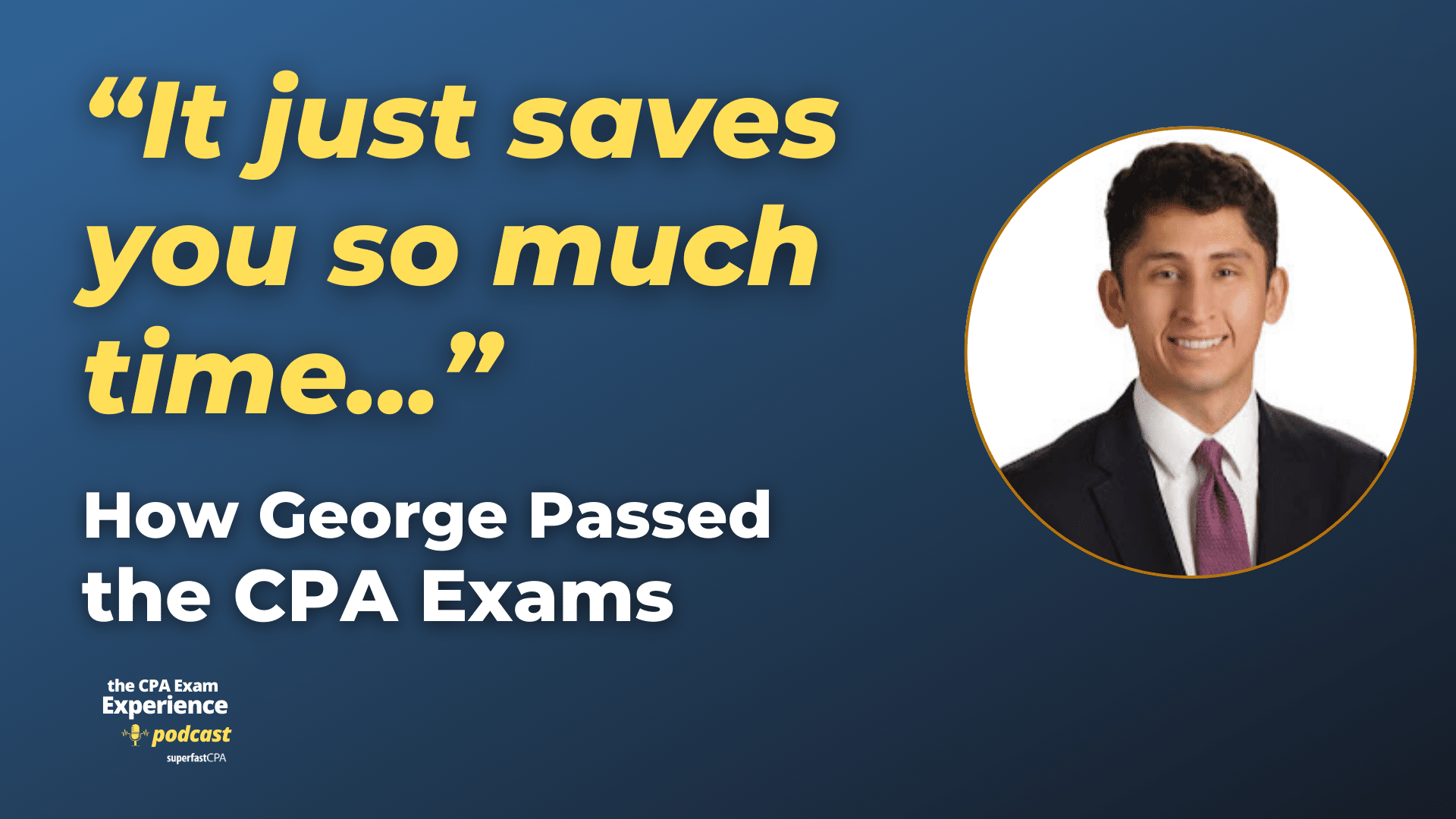In this video, we walk through 5 FAR practice questions teaching about calculating foreign currency transaction gains and losses. These questions are from FAR content area 1 on the AICPA CPA exam blueprints: Financial Reporting.
The best way to use this video is to pause each time we get to a new question in the video, and then make your own attempt at the question before watching us go through it.
Also be sure to watch one of our free webinars on the 6 “key ingredients” to an extremely effective & efficient CPA study process here…
Calculating Foreign Currency Transaction Gains and Losses
Calculating transaction gains or losses from monetary transactions denominated in a foreign currency involves understanding the impact of exchange rate fluctuations on the value of these transactions. These gains or losses arise due to changes in exchange rates between the date the transaction is initiated, the financial statement date, and the settlement date. This overview will explain the concepts, methods, and provide examples to illustrate the calculations.
1. Initial Recording of Foreign Currency Transactions
When a company engages in a transaction denominated in a foreign currency, the initial recording of this transaction is done using the spot rate (current exchange rate) on the transaction date. This is essential as it establishes the base value of the transaction in the company’s functional currency (e.g., USD).
Example: On March 1, Year 1, Oceanic Ventures, a U.S. based company, purchases raw materials from a supplier in Brazil for R$1,000,000. The spot rate on March 1 is $0.20 per Brazilian Real (R$). The transaction is recorded as follows:
- Debit Inventory: $200,000 (R$1,000,000 * $0.20)
- Credit Accounts Payable: $200,000
This establishes the initial liability in USD based on the exchange rate on March 1.
2. Revaluation at Financial Statement Date
At the financial statement date (e.g., December 31), the monetary items denominated in a foreign currency must be revalued using the spot rate on that date. This revaluation reflects the current value of the foreign currency liability or asset and results in a recognized gain or loss due to exchange rate fluctuations.
Example: Continuing from the previous example, suppose the spot rate on December 31, Year 1, is $0.22 per R$. The liability is revalued as follows:
- Revalued Accounts Payable: $220,000 (R$1,000,000 * $0.22)
The revaluation results in a foreign exchange loss because the liability has increased in USD terms:
- Debit Foreign Exchange Loss: $20,000 ($220,000 – $200,000)
- Credit Accounts Payable: $20,000
3. Settlement Date Calculation
On the settlement date, the foreign currency liability or asset is settled at the spot rate on that date. The difference between the revalued amount at the financial statement date and the settlement amount results in a gain or loss.
Example: Assume the payment is made on June 1, Year 2, when the spot rate is $0.18 per R$. The transaction is settled as follows:
- Settlement Amount: $180,000 (R$1,000,000 * $0.18)
The difference between the revalued liability ($220,000) and the settlement amount ($180,000) results in a foreign exchange gain:
- Debit Accounts Payable: $220,000
- Credit Cash: $180,000
- Credit Foreign Exchange Gain: $40,000
4. Understanding Currency Appreciation and Depreciation
Currency appreciation occurs when the value of one currency increases relative to another. For example, if the Brazilian Real appreciates against the U.S. Dollar, the exchange rate might increase from $0.20 per R$ to $0.22 per R$. This would result in a higher USD value for the same amount of R$, leading to a foreign exchange loss if you owe R$ but a gain if you are owed R$.
Conversely, currency depreciation occurs when the value of a currency decreases relative to another. Using the previous example, if the Brazilian Real depreciates from $0.20 per R$ to $0.18 per R$, this would result in a lower USD value for the same amount of R$, leading to a foreign exchange gain if you owe R$ but a loss if you are owed R$.
5. Example of Recognizing Gains and Losses Over Multiple Periods
Scenario: On November 1, Year 1, Desert Springs Ltd., a U.S. based company, sold goods to a customer in the UK for £100,000 with payment due on January 31, Year 2. The relevant exchange rates are as follows:
- November 1, Year 1: $1.30 per £
- December 31, Year 1: $1.35 per £
- January 31, Year 2: $1.32 per £
Calculation:
- Initial Recording on November 1, Year 1:
- Revenue: $130,000 (£100,000 * $1.30)
- Debit Accounts Receivable: $130,000
- Credit Sales: $130,000
- Revaluation on December 31, Year 1:
- Revalued Accounts Receivable: $135,000 (£100,000 * $1.35)
- Foreign Exchange Gain: $5,000 ($135,000 – $130,000)
- Debit Accounts Receivable: $5,000
- Credit Foreign Exchange Gain: $5,000
- Settlement on January 31, Year 2:
- Final Settlement: $132,000 (£100,000 * $1.32)
- Foreign Exchange Loss: $3,000 ($135,000 – $132,000)
- Debit Cash: $132,000
- Debit Foreign Exchange Loss: $3,000
- Credit Accounts Receivable: $135,000
Conclusion
Understanding and calculating foreign currency transaction gains and losses involves several key steps: initial recording at the transaction date’s spot rate, revaluation at the financial statement date’s spot rate, and final settlement at the settlement date’s spot rate. Currency appreciation and depreciation play critical roles in these calculations, impacting the financial statements by recognizing gains or losses due to exchange rate fluctuations. Understanding these concepts and calculations helps companies better manage the financial risks associated with foreign currency transactions.













